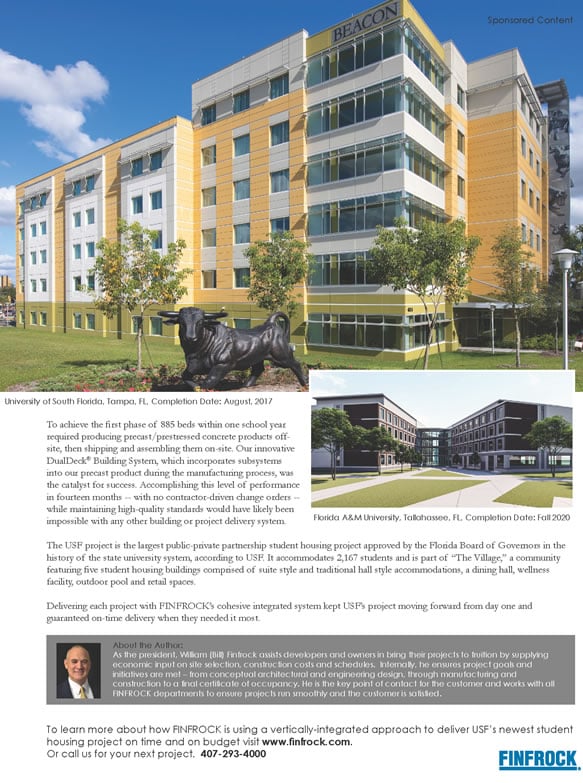Cutting edge gene therapy being used by doctors at Miami’s Holtz Children’s Hospital shows signs of curing sickle cell disease.
Two therapies have been approved by the Food and Drug Administration, and a Holtz patient in a clinical trial for a third “did extraordinarily well,” says David Crawford, a University of Miami associate professor and director of Holtz’s pediatric stem cell transplantation program. “We essentially cured him of the disease.”
Sickle cell disease is a hereditary defect that affects about 100,000 Americans, who are predominantly Black. Florida has one of the highest numbers of people living with sickle cell — about 14,000 — with about half qualifying for Medicaid.
A gene mutation makes them produce misshaped red blood cells that do not flow easily, triggering sudden pain crises and fevers. Patients also can be susceptible to infections along with lung and kidney problems.
Holtz is one of few medical centers offering the therapy, and the only one in South Florida.
The clinical trial aims to get FDA approval for a third gene therapy. Crawford is treating two other patients, 15 and 18, with Lyfgenia, one of two treatments approved for commercial use in December 2023 for patients 12 and older. In the treatment, doctors harvest a patient’s own stem cells, genetically modifying them to fix defects in red blood cell production that cause sickle cell disease.
“Essentially we wipe out their blood-making capacity and replace it with healthy blood-making capacity so they’ll make healthy red blood cells,” he says.
Patients undergo chemotherapy to kill off their existing bone marrow, which is replaced by healthier cells created after the modification. They’re hospitalized for another four to six weeks to be monitored for infections and other complications. “It’s not a pleasant event,” Crawford says. “They’re trading a lousy month for hopefully a normal life.”
It was worth it, says 21-year-old Javarian Weatherspoon, who participated in the recent clinical trial. His symptoms worsened when he was about 17, with frequent pain crises that required blood transfusions and hospital stays. Now, “I feel no pain at all. Some mornings, it’s a little tough to get up, but once I get up, stretch and take a little walk, I feel good.”
And it beats previous treatment, which most often ameliorated but didn’t eliminate symptoms. Bone marrow transplants can be effective, but finding a donor match can be difficult, Crawford says. If relatives aren’t compatible, patients had to look to the National Marrow Donor Program, which has fewer Black donors, making a match harder to come by.
Even when a donor matches, there’s still a risk of “immune mismatch” that can trigger infections and other problems. The gene therapy “greatly decreases the complications associated with the treatment,” Crawford says.
Some obstacles remain. It is “prohibitively expensive,” Crawford says, and insurance coverage is a work in progress. There’s a “risk of developing blood cancer,” Lyfgenia’s disclaimer warns, and patients should be monitored every six months for at least 15 years.













